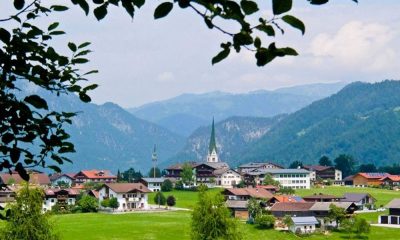Germany is a hugely popular holiday destination for people all over the world and one of the most popular activities for holidaymakers visiting the country is to head on river cruise tours.
This should come as no surprise to people as Germany has a number of rivers that meander through its beautiful countryside, with many being regarded as the world’s most famous.
Here, we take you through the greatest rivers that Germany has to offer to visitors and some quick, interesting facts about each one.
Rhine River
The Rhine is probably the most famous of all of the rivers that flow through Germany. The Rhine is the longest river in Europe and runs for over 766 miles through six different countries; Switzerland, Liechtenstein, Austria, Germany, France and the Netherlands.
One of the most popular attributes that the Rhine boasts is the fact that large settlements such as Bonn, Cologne and Dusseldorf in Germany are on the banks of the river.
Moselle River
The Moselle River flows through France, Luxembourg and Germany before joining the mighty Rhine River.
The surrounding area around the Moselle River is famous for producing wine and approximately 60 per cent of vineyards in the Mosel area grow Riesling.
Main River
The Main River is approximately 327 miles long and it flows beside many of Germany’s major towns and cities such as Frankfurt, Mainz, Wurzburg and Obernburg.
Frankfurt being located beside the Main River means that it is often a popular stop-off destination for river cruises and people visiting the city on river cruises will be able to get a glimpse of two of the tallest skyscrapers in the European Union.
Neckar River
The Neckar River is another popular route for river cruise tours as it is a right-bank tributary of the Rhine River in south western Germany.
The 228-mile long river flows through Stuttgart and through many other picturesque towns and villages as well as flowing through stunning valleys and forests.
Danube River
The Danube River begins in western Germany and passes through an amazing nine countries: Germany, Austria, Slovakia, Hungary, Croatia, Serbia, Bulgaria, Romania and Ukraine.
The Danube is steeped in history and played a pivotal role in the political evolution of central and south Eastern Europe.
An array of castles, fortresses and other settlements line the banks of the Danube as it formed the boundary between empires as well as being a vital transportation link between countries.
Thom Sanders

































